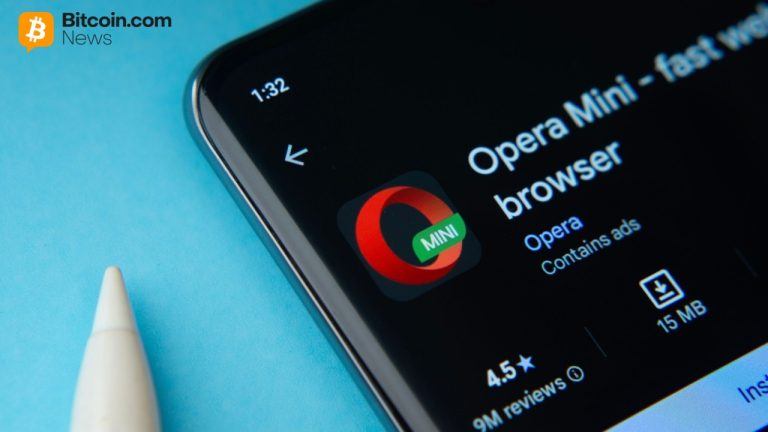Bondholder expert reports say PREPA assumptions understates ability to pay
4 min read
Puerto Rico Electric Power Authority bondholders submitted expert reports attacking the Oversight Board’s plan of adjustment’s assumptions and proposed bond provisions.
The experts, hired by the bondholders, argue the board’s estimates of money available for paying debt are too pessimistic and the proposed new bonds would lack basic protections for bondholders, increasing the risk they would default and lowering their potential value on the secondary market.
The Ad Hoc Group of PREPA Bondholders, Assured Guaranty, and Syncora Guarantee, with the support of bond trustee U.S. Bank N.A. submitted the 485-page document Saturday in the PREPA bankruptcy.
“The Oversight Board will respond in detail in court,” the board told The Bond Buyer.
Maureen Chakraborty, managing principal for Boston-based Analysis Group, said the board’s estimate that PREPA could pay a net present value of $5.7 billion in debt is based on “unreasonable assumptions and calculations.”
The board assumed Puerto Rican consumers should not spend more than 6% of their gross income for electricity, and based on a median wage of $24,000 a year and 425 kWh per month usage, it determined $120 per month is available for electricity.
Chakraborty said the 6% figure is derived from a study that has limited relevance to Puerto Rico and island residents can afford to spend more.
The board “overstates electricity consumption for its hypothetical residential customers and thereby creates an artificially low ceiling on the legacy charge,” she said. The median household uses 372 to 400 kWh a month, she said, and therefore are not spending as much as the board estimates. Using the lower figures for usage, Chakraborty said, there is $1.51billion to $3.28 billion more available for debt than the board calculates.
The board also failed to incorporate for inflation, she said, so residents will be able to afford more than $120 per month because they will be earning more. Adjusting for inflation would provide another $910 million for debt.
The board also does not take into account the ability of higher income, commercial, industrial, and government customers to pay, which would provide another $70 million to $122 million, she said.
The board’s forecast for electricity demand are too low, and more realistic forecasts would generate increases of $70 million, $250 million, or $560 million more for debt, Chakraborty said.
The board’s assumptions about the elasticity of electric demand versus increased prices are wrong, Chakraborty asserts, and if more realistic assumptions were used there would be $290 million to $580 million more for debt payment.
The board “understates” net revenues available for debt by adopting “unsupported assumptions” for capital expenditures, she said.
Finally, she said, combining her assumptions would lead to net revenue increases greater than one gets by simply adding them up, she said.
Separately, Sebastian Edwards, who is a professor of business economics at Anderson Graduate School of Management at University of California, Los Angeles, said the board underestimates revenues for debt payment by underestimating electric demand, based on underestimated gross national product growth projections.
The board’s projection for Puerto Rico’s economic decline is “unprecedented in modern history” in terms of the length of decline, Edwards said, and improbable “in light of Puerto Rico’s recently observed economic recovery.” The board’s prediction, he said, is based on “flawed economic modeling and unreasonably pessimistic assumption.”
Edwards said if the market sees the haircut on the bonds as unjustified, then market participants may require high interest rates for future PREPA bonds or may refuse to buy them.
In a third report, Gary Strumeyer, chief executive officer of Strumeyer Consulting, said, “Unlike a typical municipal bond, the [proposed new] series B-1 bonds would not have a rate covenant to ensure that PREPA actually collects sufficient revenues to pay principal and interest on the bonds.” Also, the terms state if PREPA failed to pay interest or principal it would not trigger a default.
In case of nonpayment, bondholders would not have the right to accelerate payment, appoint a receiver, and would only be allowed to sue the authority for limited purposes, Strumeyer said.
The “waterfall” for use of funds would create a “substantial risk” the authority would not have sufficient revenues to satisfy its obligations, said Strumeyer, who was president of BNY Mellon Capital Markets from 2008-2016.
Finally, Susan Tierney, senior advisor with Analysis Group, said the board underestimates the authority’s future electricity sales.
The board assumes Puerto Rico’s electric demand will decline 30% by 2037 relative to 2019, solely based on a 2019 legislative measure calling for this, Tierney said, despite its unlikely achievement.
It assumes an unrealistic rate of adoption of solar power, she said. It also projects that electrical vehicle use will grow for 15 years but subsequently remain steady, she said, when growth is more likely.
Finally, the board assumes $2.425 billion more in capital expenditures in the next few decades than in the board’s approved PREPA fiscal plan. This assumption leads to less money available to pay debt, she said, and should be challenged.







